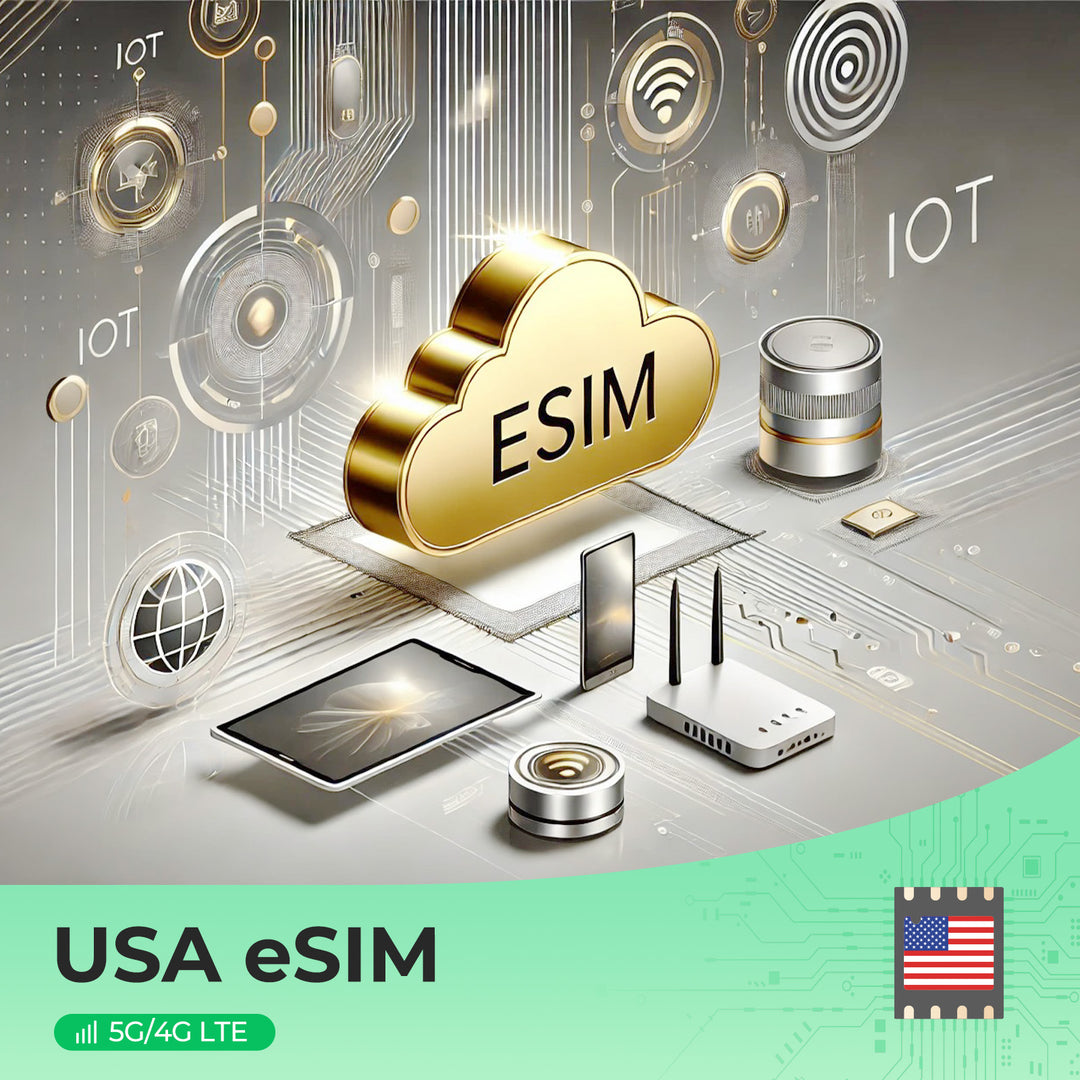In recent years, the eSIM card has emerged as a revolutionary technology in the realm of mobile connectivity. Unlike traditional SIM cards, which are physical cards that must be inserted into devices, an eSIM (embedded SIM) is a digital SIM that is built directly into a device. This innovation not only simplifies the process of connecting to mobile networks but also offers numerous advantages for users worldwide.

What is an eSIM Card?
The eSIM card is a programmable chip that allows users to activate a mobile plan without the need for a physical SIM card. This technology is embedded in devices such as smartphones, tablets, and wearables. But how does it work? When you choose a mobile carrier, the eSIM can be programmed remotely, allowing for seamless activation and switching between different carriers. This flexibility is particularly beneficial for frequent travelers who wish to avoid roaming charges.
Benefits of eSIM Technology
- Convenience: With an eSIM, users can switch carriers or plans without needing to visit a store or wait for a new SIM card to arrive.
- Space-Saving: The absence of a physical SIM card slot allows manufacturers to design slimmer devices with more space for other features.
- Multiple Profiles: eSIM technology supports multiple profiles, enabling users to store several mobile plans on a single device.
- Enhanced Security: eSIMs are less prone to theft or loss compared to traditional SIM cards, as they are embedded within the device.
How eSIM Cards are Changing Mobile Connectivity
The introduction of the eSIM card is transforming how we think about mobile connectivity. For instance, users can easily switch between personal and work profiles, or even between different countries' networks, all from their device settings. This capability raises an interesting question: what does this mean for the future of mobile service providers? As competition increases, carriers may need to offer more attractive plans to retain customers who can easily switch providers with just a few taps.
Challenges and Considerations
While the benefits of eSIM technology are substantial, there are challenges to consider. Not all devices support eSIM functionality, and not all carriers offer eSIM plans. Additionally, users must be aware of the potential for compatibility issues when traveling internationally. However, as more devices adopt this technology and more carriers begin to support it, these challenges are likely to diminish.
In conclusion, the eSIM card represents a significant advancement in mobile connectivity. Its convenience, security, and flexibility are paving the way for a new era of communication. As we move forward, it is essential to stay informed about this technology and its implications for our mobile experiences. For more information on eSIM technology, visit  .
.













